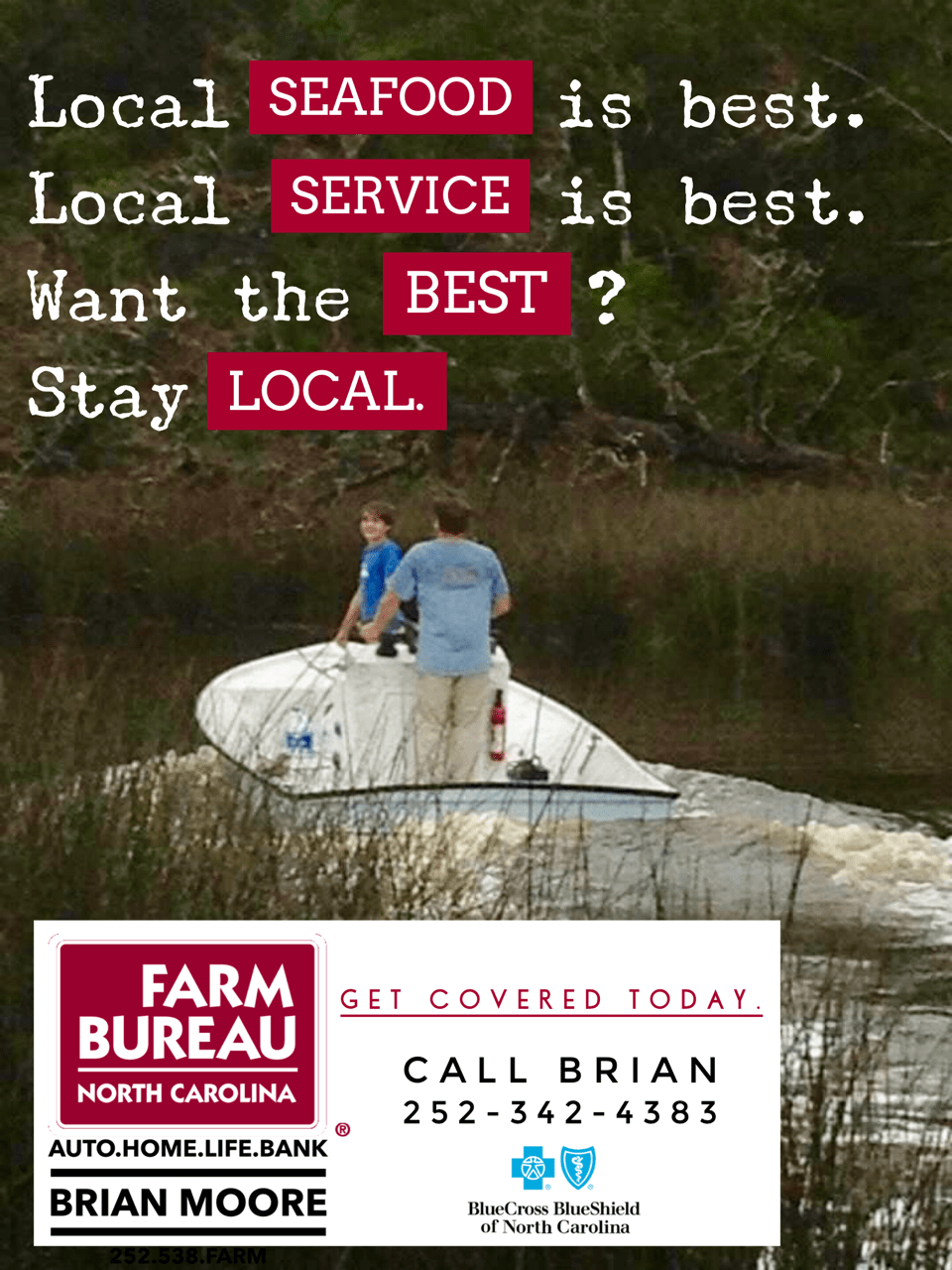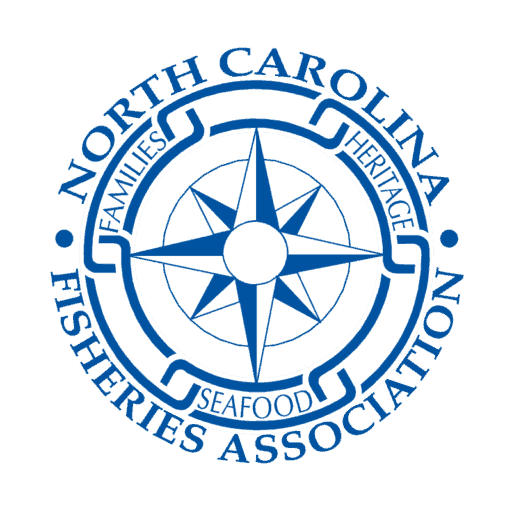Is North Carolina allowing fishermen to circumvent the Endangered Species Act?
On April 6, 2022, the Coastal Conservation Association (CCA) of North Carolina sent out an email with so much disinformation I can’t even begin to address it all in one article. The email contained many of the same half-truths and outright lies we’ve been exposing over the last few months but one, above all, really rubbed me the wrong way.
The CCA claimed that the “use of gill nets continues in North Carolina waters because the state holds two permits on behalf of commercial fishermen that allow them to circumvent the Endangered Species Act protections and kill or harm endangered sea turtles and sturgeon.”
Circumvent, Really?
The “two permits” the CCA referred to are Section 10 Incidental Take Permits (ITP’s) that restrict, and yes, allow the use of anchored gill nets in North Carolina’s internal waters. Section 10 refers to Section 10 of the Endangered Species Act (ESA), which allows the US Secretary of Commerce to approve ITP’s for otherwise lawful activities which may incidentally interact with an endangered species.
That’s right, the permits are issued under the ESA, not circumventing its protections as they claim!
In fact, any activity known to interact with an endangered species like sea turtles, is illegal without an Incidental Take Permit. Section 9 of the ESA clearly states that without a Section 10 Permit, with respect to any endangered species “it is unlawful for any person subject to the jurisdiction of the United States to take any such species within the United States or the territorial seas of the United States.”
The ESA defines “take” “as” to harass, harm, pursue, hunt, shoot, wound, kill, trap, capture, or collect, or to attempt to engage in any such conduct.” This means anyone, public or private, who intentionally or accidentally pursues, catches, or injures an endangered species is in violation of Federal law, unless they have been granted an exemption under the Endangered Species Act.
That said, North Carolinas commercial fishermen are not the only businesses operating under an Incidental Take Permit. Other businesses such as dredging companies, power plants, which regularly “take” sea turtles and/or sturgeon, operate under an ITP.
Are they circumventing the Endangered Species Act?
Of course not, like North Carolinas gill net fishermen they are complying with the ESA, legally operating under the restrictions specified in their permits. Unfortunately, there are activities in North Carolina, which are, circumventing the ESA by illegally “taking” sea turtles without the required Section 10 permit.
One such activity is recreational fishing.
That’s right, over the last 10 years there have been hundreds of documented takes of sea turtles with recreational hook and line gear, and without a doubt thousands of undocumented illegal takes. For years the state has documented illegal injuries to and deaths of sea turtles that resulted from being hooked by recreational anglers but has taken no action to reduce or permit these takes as required under the ESA.
While these injuries and deaths are, like those in the gill net fishery, accidental other recreational takes are intentional. North Carolina anglers targeting Cobia regularly and intentionally pursue and harass sea turtles constituting an illegal “take” as defined in the Endangered Species Act. Cobia are known to follow large sea turtles and anglers actively search for and follow sea turtles bombarding them with lures hoping to hook-up with a cobia.
Again, this illegal activity is known to occur, yet the state continues to “allow them to circumvent Endangered Species Act protections and kill or harm endangered sea turtles.”
Why would a so-called “Conservation Association”, or the state for that matter, seek to hold the commercial sector to the letter of the law while completely dismissing the exact same activity by the recreational sector?
The truth is groups like the CCA, and others, have weaponized the Endangered Species Act and any other state or Federal law they believe can be interpreted in a way that will help them fulfill their agenda. They target folks they dislike or view as competition, seeking to gain the upper hand by applying the law selectively to others but not themselves.
Simply put, they don’t practice what they preach! No true conservation group would do this.
Would they?
This raises an important question. Why haven’t legitimate conservationists or the state and Federal agencies pushed for recreational anglers to obey the law as they have for commercial fishermen?
After all, the ESA clearly applies to all US citizens and every State and Federal agency responsible for managing fisheries and enforcing the ESA knows these illegal takes are occurring. All it would take is a lawsuit from a group that has standing to sue under the ESA and the law could be applied evenly as Congress intended. That said, is it wise for a recreational fishing group to persecute gill netters who are complying with the law when they themselves clearly are not?
I guess they’ve never heard the saying “let he who is without sin cast the first stone”!
Glenn Skinner-
NCFA – Executive Director

